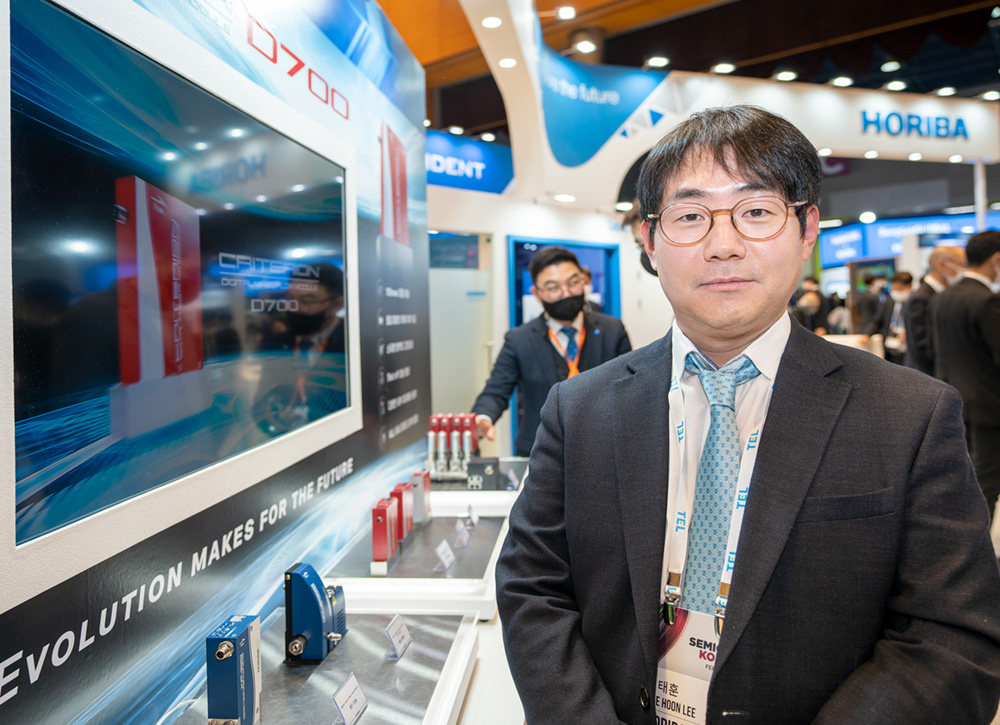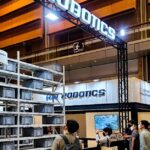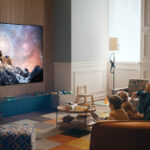ASIA ELECTRONICS INDUSTRYYOUR WINDOW TO SMART MANUFACTURING
Horiba Bullish on Long-Term Market Prospects
Between 2021 and 2022, Horiba faced huge backlog orders for its mass flow controllers (MFC). Yet, the Japanese MFC maker saw new orders suddenly trickling down, as the semiconductor chip industry got caught into the cyclical downward spirals from second half 2022.
Nonetheless, Horiba said it will relatively stay healthy in 2023 as it still has enough order backlog to fill in for the rest of the year. However, it retains neutral position on where it will heading in 2024.
“We thought that when chip demand started to shrink in the second half of 2022, it would be a temporary adjustment in inventory. However, it was a signal that a down cycle would begin,” said Lee Tae-Hoon, assistant manager of technical sales department with Horiba STEC Korea, Ltd, a Korean affiliate of Horiba Japan.

New Orders Come in
Moreover, Tae-Hoon added orders poured in between 2021 and 2022. However, due to disruption in global supply chain, the company had had hard time to supply the orders, leave it with huge backlog orders. Hence, the company still has enough backlog orders to get along well in 2023. Nevertheless, it has no idea on how long the down cycle will last and how it will affect the company’s business.
For the long-term, however, the company is confident that its MFC business will be better off. This is amid the growing complexity of chipmaking processes will keep boosting up demand for MFCs.
True enough, the width of chip circuitry is getting narrower, going below 10nm. Moreover, when it comes to NAND flash memory chips, its cells are stacking layers after layers, going as high as 235 layers.
To fabricate those chips of such complexity, there strong need for chip makers to control the flow of gases into machines, like diffusion and etching, as precisely as possible.
That helps explain why MFCs are in high demand, getting more and more important part of the chip-making processes.
All MFCs available on the market carry almost the same specifications, no matter which brand are they. However, what defines their quality or competitive edge is lifetime as well as durability – how long they will maintain their original precision.
Accordingly, MFCs are becoming more sophisticated to live up to that market requirement. They come built with a CPU, firmware, and other parts and components like sensors on a PCB board.
Faster Response Time, Ultra-High Precision
Analyzing input signals and calculating how much gases have to be flowed out in accordance with the input signals, the CPU controls all of the MFC operations. In addition, the firmware, which keep intelligent algorithm programmed, becomes even smarter that it can the operation and detect any defects or issues.
For that reason, Horiba has fortified its MFC product line-up. The case in point is its pressure sensor-based D700 series of MFC, the latest in its MFC product line-up for edging processes. Although the D700 has yet to reach mass-production stage. Nonetheless, it has been rapidly adopted across chip makers and equipment makers, because of ultra-high precision and far faster response time, which are today’s strongest market requirements.
Coming built with 3 pressure sensors, the D700 series decode, analyze, calculate input analog signals on its built-in CPU and firmware as fast as users require and then decide which amounts of gases are to be flowed out as precise as users command. Horiba is the only and unique MFC manufacturer that has its own PCB board design capability.
Furthermore, timely delivery is also what sets Horiba apart from competition. Even if the lifetime of MFCs is as long as up to 10 years, they are very much susceptible to chemical contamination. Accordingly, they frequently conduct repair and maintenance, or recalibrate and replace them with new ones. To meet such demand, Horiba is running manufacturing facilities in key offshore countries. Horiba STEC Korea is one of the cases, where MFCs in urgent and constant need are locally manufactured in its Korean facility to deliver timely.
Diversifies to Other Fields
The facility in Korea was built not only to meet urgent order, but also supply Korean customers with their most frequently seeking out MFC models.
According to Horiba, the company represents more than 60% of worldwide semiconductor MFC market, as it maintains dominant position in MFC markets for edging processes.
Edging processes are where 70-80 MFCs are widely used, while diffusion processes use 30-50 MFCs. Horiba’s supremacy there in MFC shipments for edging processes translates into worldwide market leadership in MFC market.
Horiba expects shipments of MFCs would slightly edge down in 2023. Hence, to recoup the setbacks, it would diversify into power semiconductor and secondary battery areas. However, the market demand would be not as much as those in semiconductor market.




